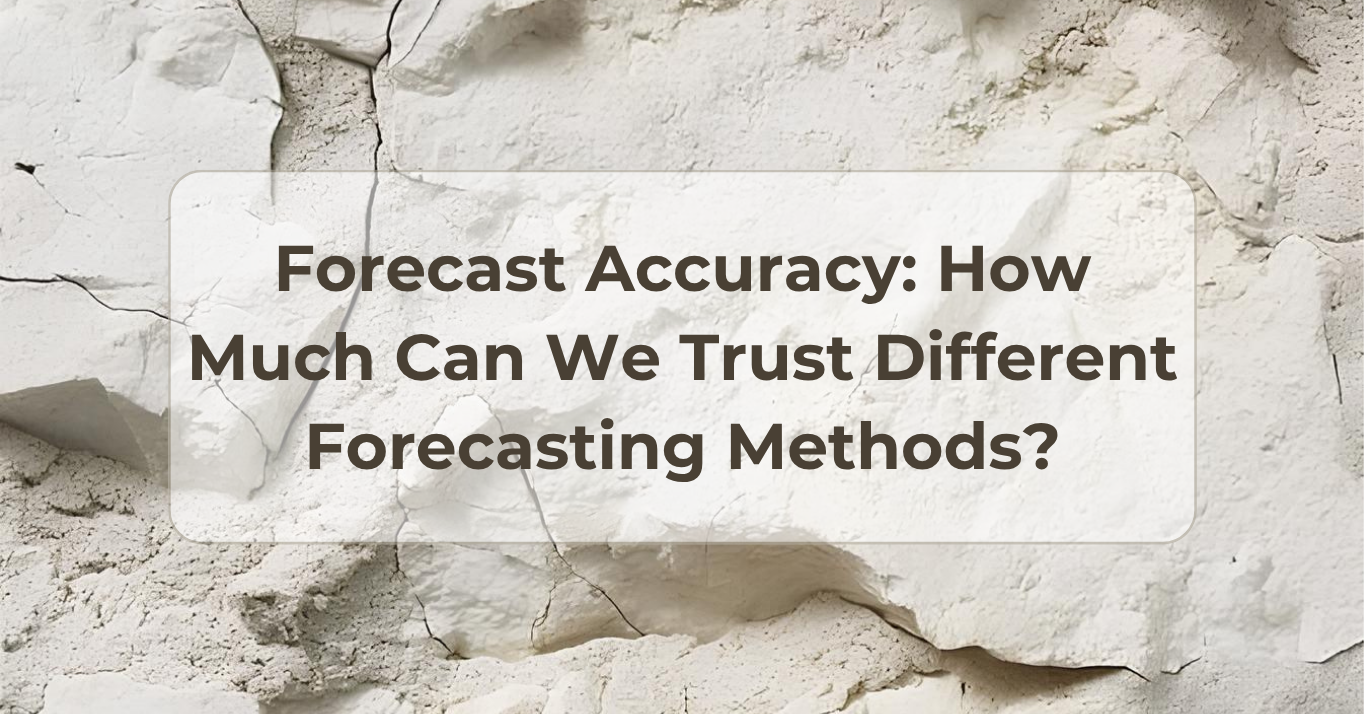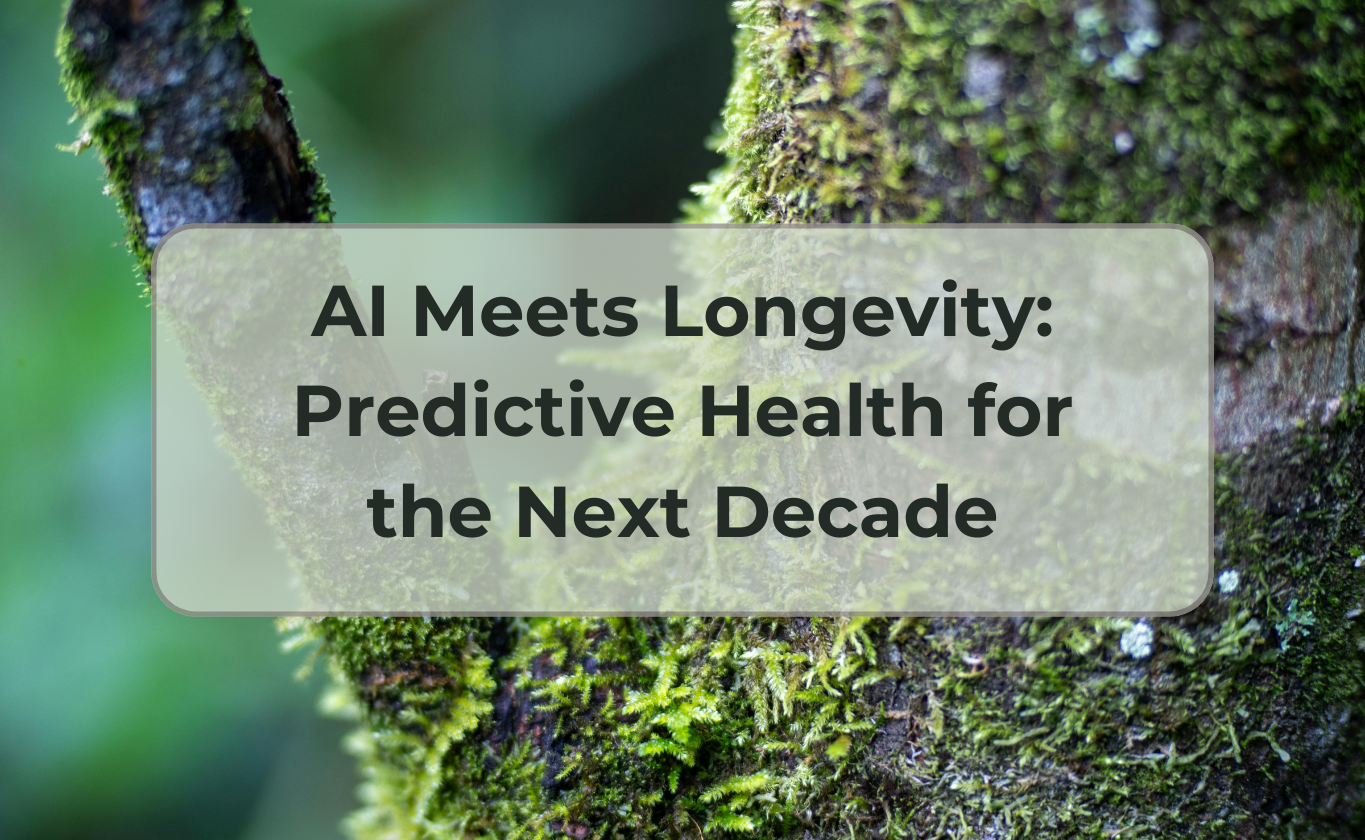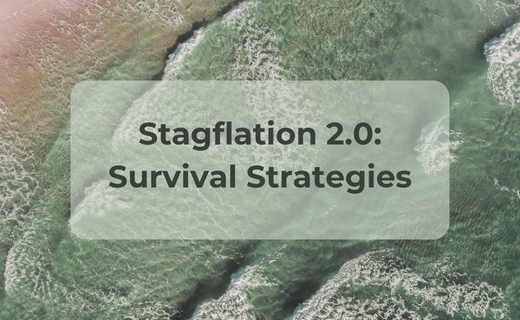Available in other languages:
Español | Français | Deutsch
Introduction: Why Forecast Accuracy Matters in Business
In a world of market volatility, political shifts, and rapid innovation, businesses depend on forecasts. Accurate forecasting can guide investment planning, supply chain operations, and market expansion. It also helps avoid costly mistakes.
According to PwC’s Global Data and Analytics Survey 2023, firms using advanced forecasting models see 20–30% improvements in planning accuracy. They also reduce operational risks by 15%. However, trust in forecasting methods varies. As a result, companies still wonder: how accurate are these forecasts? And what drives their reliability?
This article explores the different types of forecasting, factors influencing forecast accuracy, and how businesses can improve their predictions. In addition, it offers insight into current trends and the role of consultants in enhancing forecast precision.
Different Forecasting Methods and Their Uses
Businesses use different forecasting methods depending on data availability and decision-making needs. Each method has strengths and weaknesses that affect forecast accuracy.
Quantitative Forecasts: Data-Driven Models
Quantitative forecasts use statistical techniques. These include regression analysis, time series forecasting, exponential smoothing, and Bayesian models.
Advantages:
- Objective and repeatable
- Scalable to large datasets
- Reliable in stable environments
Disadvantages:
- Less accurate in periods of disruption
- Unable to detect unforeseen events
- Dependent on historical data quality
For example, McKinsey (2022) found that 40% of models failed during the COVID-19 crisis. Rapid changes exposed the limitations of traditional models.
Qualitative Forecasts: Expert-Based Approaches
Qualitative methods rely on expert judgment. Examples include the Delphi method, scenario planning, and brainstorming.
Advantages:
- Useful when data is limited
- Applies human insight
- Helpful for new markets or products
Disadvantages:
- Subjective
- Difficult to verify
- Less accurate in large-scale scenarios
However, Harvard Business Review reports that companies using both qualitative and quantitative methods ( For a deeper dive, check out our article: Forecast Accuracy: How Much Can We Trust Different Forecasting Methods? ) often achieve higher forecast accuracy.
AI and Machine Learning: Enhancing Forecast Accuracy
Artificial intelligence (AI) and machine learning (ML) offer new forecasting tools. These tools detect complex patterns and update forecasts as data changes.
Examples include:
- Neural networks
- Clustering and decision trees
- Reinforcement learning
- Natural language processing (NLP)
Advantages:
- Handles non-linear data
- Learns from new inputs
- High accuracy in complex systems
Disadvantages:
- Requires clean, large datasets
- Can be a “black box”
- May reflect biased training data
For example, a Statista survey showed that 44% of European firms use or plan to use AI for forecasting. This trend highlights the belief that AI improves forecast accuracy.
Additionally, Deloitte (2023) reports that 61% of companies using AI saw a 25% accuracy boost. Yet 35% faced problems with transparency.
What Can Influence a Forecast’s Success?
Forecast accuracy depends on many variables. Understanding them helps businesses make better predictions.
Data Quality: Clean Inputs Matter
Clean data is essential. IBM estimates that 80% of analytics work involves data preparation.
Gartner warns that poor data is a leading cause of forecast failure. In fact, analysts spend up to 80% of their time cleaning data. As a result, less time is left for model development. Forecast accuracy suffers.
Forecast Horizon: Time Influences Accuracy
Short-term forecasts are often more accurate than long-term ones. For instance, a one-week estimate may be 90% correct. A five-year forecast may drop below 50%.
For example, the IMF’s 2020 GDP forecast, made in 2019, missed the mark by 6.6% due to COVID-19.
Market Volatility: Stable vs. Unstable Environments
Forecasts perform better in stable industries. On the other hand, sectors like energy or finance face fast changes. These shifts reduce forecast accuracy.
According to EY’s 2023 CEO Outlook Survey, 52% of executives cite geopolitical instability as a concern. In addition, 51% worry about economic volatility. These factors challenge accurate long-term forecasting.
Method Selection: The Right Tool for the Job
Using the wrong method lowers accuracy. For example, linear models don’t suit seasonal data unless adjusted. Therefore, model testing and validation are key to ensuring accuracy.
Human Expertise: Interpreting the Results
Even advanced tools need skilled interpretation. Experts add context, catch outliers, and apply industry knowledge. This human layer is essential to achieving forecast accuracy.
The Cost of Inaccurate Forecasting
Forecast errors lead to real losses.
- Financial loss: Overproduction or understocking
- Reputation damage: Failed product launches
- Strategic risk: Missed trends or market shifts
For example, Nokia’s downfall partly stemmed from ignoring smartphone trends. Flawed forecasts led to poor decisions.
How Consultants Improve Forecast Accuracy
Consulting firms help companies improve forecasts. They offer tools, frameworks, and impartial advice.
Tailored Methodologies
Consultants match models to business needs. Custom approaches outperform generic tools and improve forecast accuracy.
Better Data Management
They clean and standardise data. This step is critical. Accurate inputs lead to accurate forecasts.
Modern Tools and Tech
Many firms now use cloud platforms like AWS and Azure. These systems support advanced forecasting and real-time updates.
Ongoing Monitoring and Adjustment
Good forecasts evolve. Therefore, consultants help adjust models as new data emerges. As a result, forecast accuracy improves over time.
Gartner (2024) states that companies using external services often see 15–25% better accuracy.
The Future of Forecast Accuracy: Emerging Trends
Forecasting is changing. New trends aim to boost forecast accuracy and transparency.
Human-AI Collaboration
Blending AI outputs with expert insight yields better results. This hybrid model balances speed and judgement.
Ethical Forecasting
As AI grows, ethical concerns rise. Transparent methods help maintain trust and accuracy.
Scenario Planning
Companies now use multiple scenarios instead of single forecasts. This shift supports flexible decision-making.
Forecasting-as-a-Service
Predictive analytics is booming. Grand View Research (2023) estimates the market reached $10.5 billion. It expects 21.5% annual growth through 2030. Europe is a key player in this trend.
SaaS tools offer ready-made forecasting modules. Consequently, these tools help even small firms achieve high forecast accuracy.
Our expert guidance in business forecasting will help you identify and mitigate threats and transform external challenges into strategic opportunities. [Contact Us]
Conclusion: Forecast Accuracy as a Strategic Asset
Can we trust forecasts? Yes—if we understand their limits. Forecasts aren’t perfect. However, they help manage uncertainty.
Businesses must focus on improving data quality, choosing the right methods, and combining human and machine insights. Doing so raises forecast accuracy.
In fast-changing markets, strong forecasts give companies an edge. Therefore, investing in forecast accuracy means preparing for the future—not just predicting it.





